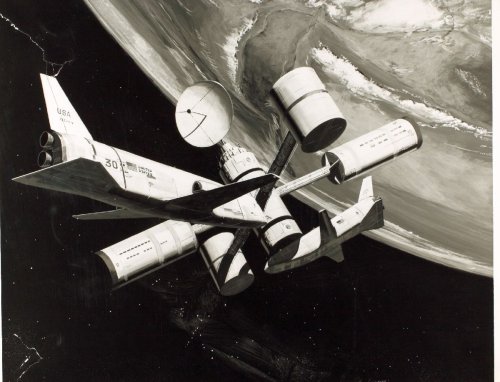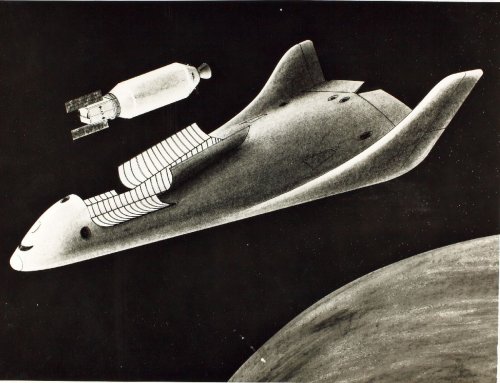- Joined
- 26 May 2006
- Messages
- 34,873
- Reaction score
- 15,734
Also;
http://www.secretprojects.co.uk/forum/index.php/topic,1928.15.html
http://www.secretprojects.co.uk/forum/index.php/topic,1928.45.html
http://www.secretprojects.co.uk/forum/index.php/topic,1928.90.html
http://www.secretprojects.co.uk/forum/index.php/topic,1928.135.html
http://www.secretprojects.co.uk/forum/index.php/topic,1928.150.html
http://www.secretprojects.co.uk/forum/index.php/topic,1928.180.html
http://www.secretprojects.co.uk/forum/index.php/topic,1928.210.html
http://www.secretprojects.co.uk/forum/index.php/topic,1928.15.html
http://www.secretprojects.co.uk/forum/index.php/topic,1928.45.html
http://www.secretprojects.co.uk/forum/index.php/topic,1928.90.html
http://www.secretprojects.co.uk/forum/index.php/topic,1928.135.html
http://www.secretprojects.co.uk/forum/index.php/topic,1928.150.html
http://www.secretprojects.co.uk/forum/index.php/topic,1928.180.html
http://www.secretprojects.co.uk/forum/index.php/topic,1928.210.html
















![srb-x_1[1].jpg](/data/attachments/65/65538-ea908f2da6016f914b02e0f955c15de3.jpg)
![srbx-ps1[1][2].jpg](/data/attachments/65/65539-32b8735ba2c36403761f1ac6f4c86b57.jpg)




